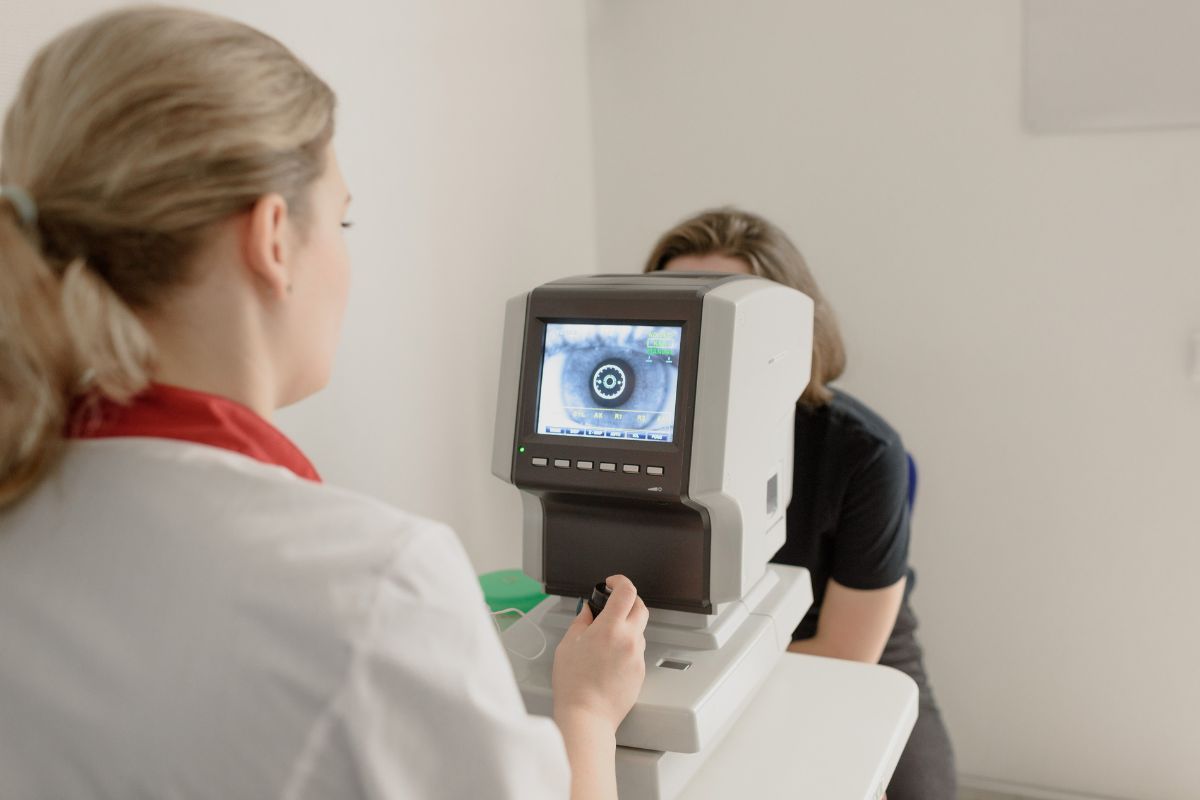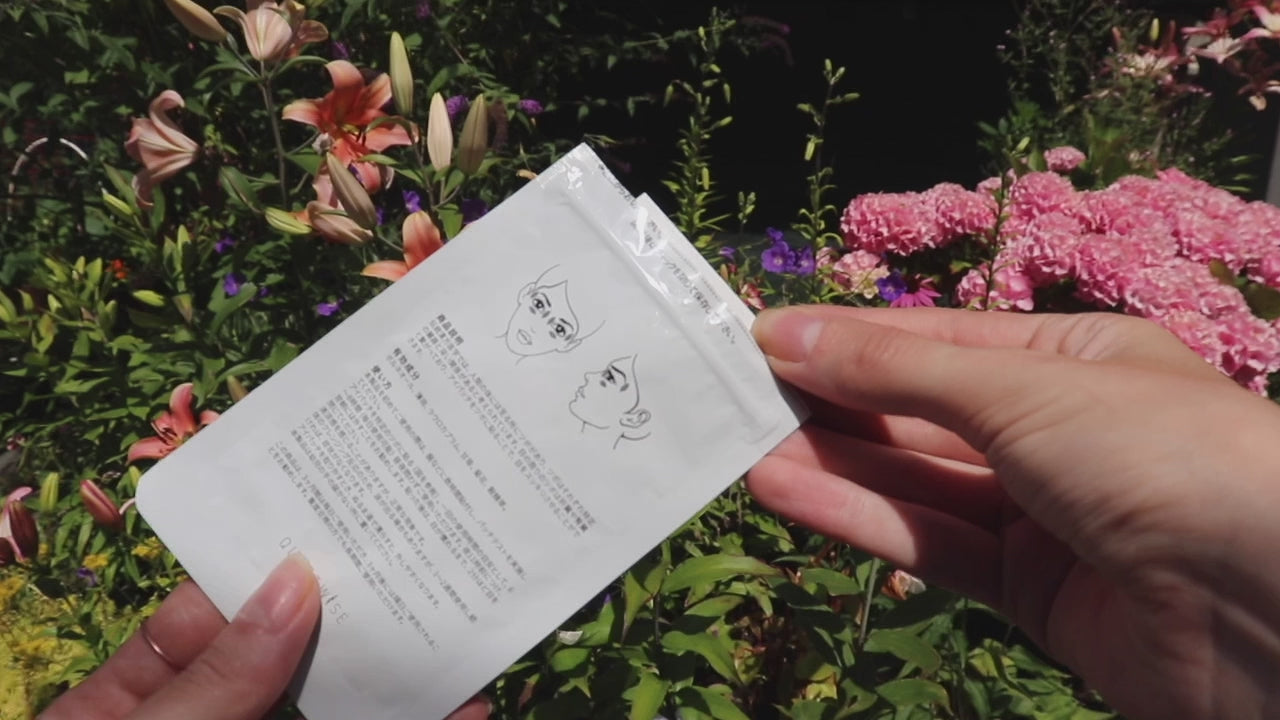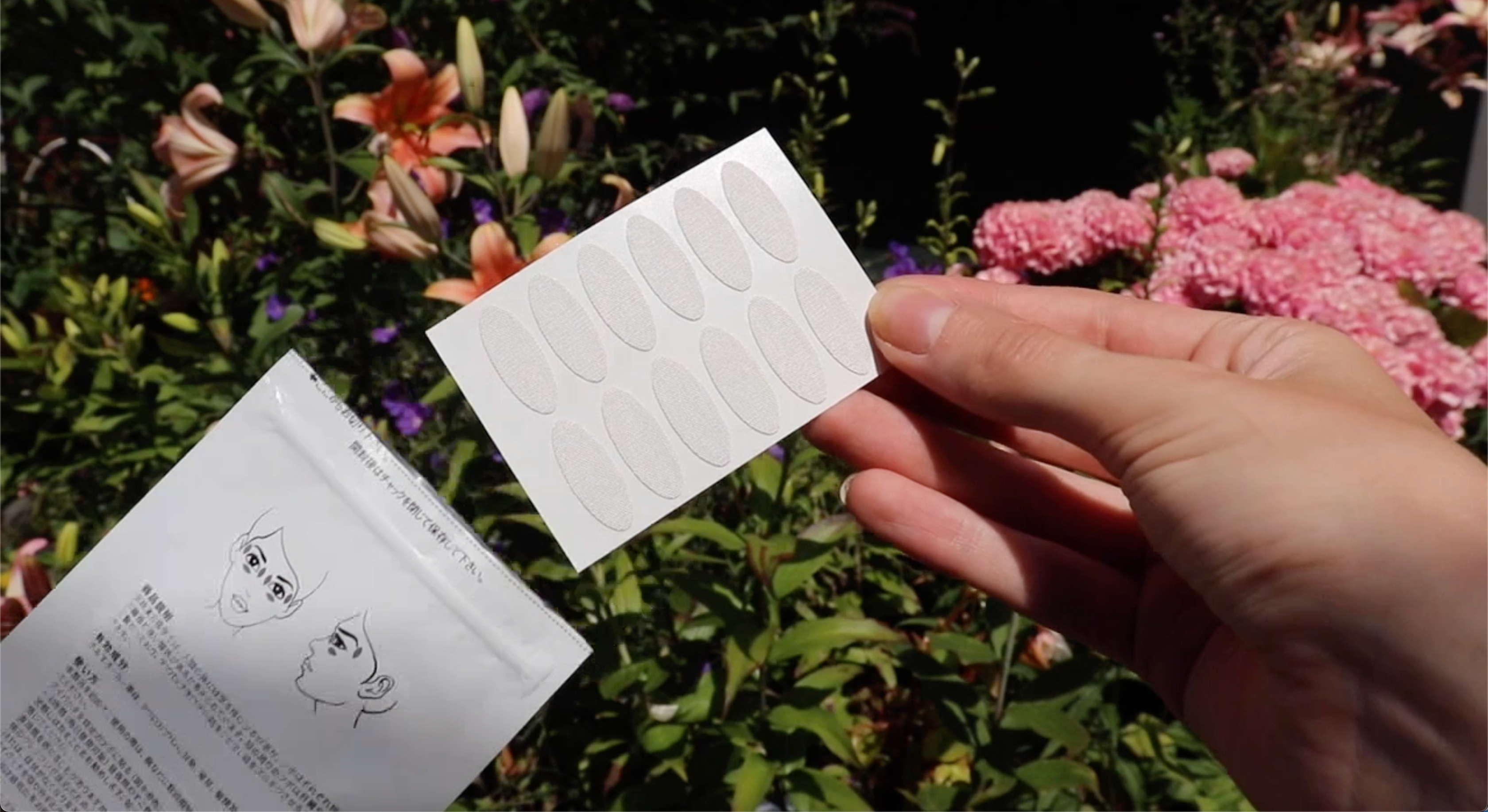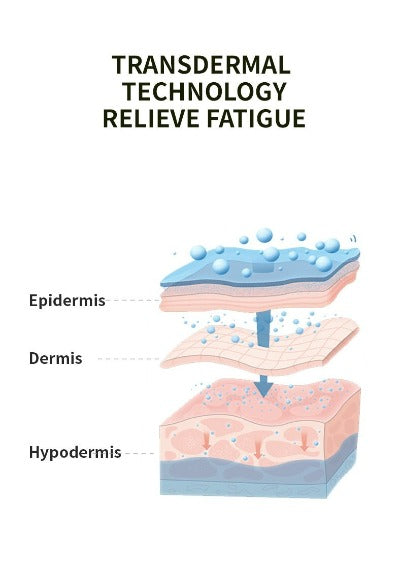We’ve all seen them. Those tiny, semi-transparent specks, squiggles, or cobwebs that drift aimlessly across our field of vision. You might notice them more when looking at a bright blue sky, a white wall, or a computer screen. These are "eye floaters," and for the most part, they are a perfectly normal and harmless part of aging.
But what happens when "a few" suddenly becomes "a lot"? What if this sudden shower of new floaters is accompanied by other strange visual symptoms?
While it’s easy to dismiss changes in our vision, a sudden increase in floaters is one symptom you should never ignore. It can be the earliest warning sign of a serious, sight-threatening condition known as retinal detachment.
This article is designed to be your guide. We'll explain what floaters are, why they occur, and most importantly, how to tell the difference between a normal annoyance and a genuine medical emergency.
What Exactly Are These "Floaters" in My Vision?
To understand floaters, we first need to look inside the eye. The large, central cavity of your eyeball is filled with a clear, gel-like substance called the vitreous humor. Think of it as a transparent, jelly-like sphere that helps the eye maintain its round shape.
When we are young, the vitreous is perfectly clear and has a consistency similar to egg whites. As we age, this gel begins to liquefy and shrink. During this process, tiny fibers and protein strands within the vitreous can clump together.
These clumps cast microscopic shadows onto your retina, the light-sensitive tissue at the back of your eye that acts like the film in a camera. The shadows you perceive are what we call floaters. Because they are suspended within the moving vitreous gel, they drift and dart around as your eye moves, which is why they seem to "float."
The Usual Causes: Why Most Floaters Are Harmless
The majority of floaters are caused by a natural, age-related process called Posterior Vitreous Detachment (PVD).
As the vitreous gel shrinks with age, it slowly pulls away from the retina at the back of the eye. This is a very common event, affecting more than half of all people by the time they are 70. When the vitreous finally separates from the retina, it can release a small shower of cellular debris, often resulting in a noticeable—but not necessarily alarming—increase in floaters. A large, ring-shaped floater (known as a Weiss ring) is also a classic sign of PVD.
In most cases, PVD is completely harmless. The brain eventually learns to ignore these new floaters, and they become less noticeable over time.
Other common, non-emergency causes of floaters include:
-
Myopia (Nearsightedness): People who are very nearsighted often experience floaters earlier in life.
-
Inflammation (Uveitis): Inflammation inside the eye can cause debris to be released into the vitreous.
-
Eye Bleeding (Vitreous Hemorrhage): Conditions like diabetes or vascular blockages can cause bleeding into the eye, which appears as floaters.
-
Previous Eye Surgery or Injury: Trauma to the eye can disrupt the vitreous and create floaters.
The Red Flag: When a "Sudden Increase" Is an Emergency
So, how do you know if your experience is a harmless PVD or something far more serious? The key is to pay attention to the nature and timing of the symptoms.
A sudden, dramatic shower of new floaters—sometimes described as "hundreds of little black dots" or a "swarm of gnats"—is a major red flag. This can indicate that the vitreous gel, as it pulled away, didn't just separate cleanly. Instead, it may have tugged too hard on the retina and created a tear.
You should seek immediate medical attention from an ophthalmologist (an eye doctor) or go to the nearest emergency room if a sudden increase in floaters is accompanied by any of the following symptoms:
-
Flashes of Light (Photopsia): These can look like lightning streaks, camera flashes, or seeing stars, typically in your peripheral (side) vision. These flashes are caused by the vitreous gel physically pulling or rubbing against the retina. The retina converts this mechanical stimulation into a signal of light, just as it would with actual light. While occasional, tiny flashes can be normal, repeated, and noticeable flashes are a significant warning sign.
-
A Dark Curtain or Shadow: This is a critically important symptom. If you notice a dark, grey shadow or a "curtain" that seems to be closing in from your peripheral vision, it is a classic sign that a portion of the retina has already detached. It's like wallpaper peeling off a wall; as it detaches, that part of your vision is lost.
-
Sudden Blurry or Decreased Vision: A general, sudden worsening of your vision that cannot be cleared by blinking is another sign of a potential retinal issue.
Why is this an emergency? A retinal tear can quickly progress to a full-blown retinal detachment. When the retina tears, the liquefied vitreous fluid can seep through the tear and get underneath the retina, pushing it away from the back wall of the eye. The retina needs to be attached to this back layer to receive oxygen and nutrients. Once it detaches, its cells begin to die. Without prompt treatment, a retinal detachment can lead to permanent, irreversible vision loss.
What to Do Immediately: An Action Plan
If you experience the combination of a sudden shower of floaters, flashes of light, or a dark curtain in your vision, follow these steps:
-
Stop What You Are Doing: Do not drive if possible. Avoid any strenuous activity, heavy lifting, or bending over, as this can worsen the detachment.
-
Contact an Ophthalmologist Immediately: Do not wait to "see if it gets better." Time is critical. Call your local eye doctor's office. Even if it's after hours, they will have an on-call doctor or a service that can direct you.
-
Go to the Emergency Room: If you cannot reach an ophthalmologist quickly, go to the nearest hospital emergency room. They can perform an initial assessment and get you an urgent consultation with an eye specialist.
-
Be Prepared for an Exam: The doctor will need to perform a dilated eye exam. This involves putting drops in your eyes to make your pupils very large, allowing them to see the retina at the back of your eye clearly. You will need someone to drive you home, as your vision will be blurry and sensitive to light for several hours afterward.
Treatment: Securing Your Vision
The good news is that if caught early, retinal tears and detachments can be successfully treated.
-
For a Retinal Tear: If the doctor finds a tear but the retina has not yet detached, treatment is relatively straightforward and highly effective. The goal is to create a "weld" or scar around the tear to prevent fluid from getting underneath it. This is typically done with one of two procedures:
-
Laser Photocoagulation: A laser is used to make tiny burns around the retinal tear, which creates scar tissue that seals the retina to the underlying tissue.
-
Cryopexy: An intensely cold probe is applied to the outside of the eye over the area of the tear. This freezes the tissue and creates the sealing scar.
-
-
For a Retinal Detachment: If the retina has already detached, surgery is required. The specific procedure depends on the severity of the detachment:
-
Pneumatic Retinopexy: A gas bubble is injected into the vitreous cavity. The bubble floats up and presses the detached retina back into place, allowing the fluid underneath to be absorbed. Laser or cryopexy is then used to seal the tear.
-
Vitrectomy: This is a more complex surgery where the vitreous gel is removed from the eye and replaced with a gas or oil bubble to hold the retina in place while it heals.
-
Scleral Buckle: A tiny silicone band is placed around the outside of the eyeball, gently pushing the eye wall inward to support the detached retina and help it reattach.
-
Your Vision is Precious: Don't Wait
While this information may seem alarming, it is meant to empower you. Most eye floaters are just a harmless part of life. However, your body has a powerful way of signaling when something is wrong. A sudden and dramatic change in your vision is one of those signals.
By knowing the warning signs—a sudden shower of new floaters, flashes of light, and a dark shadow—you can act quickly and decisively. Early intervention is the single most important factor in preventing permanent vision loss from a retinal detachment. Listen to your eyes. If they are telling you something has changed, listen, and get them checked.
Q&A for Users with Eye Discomfort
Here are answers to five common questions we receive from patients experiencing these symptoms:
1. Q: Can stress or lack of sleep cause a sudden increase in floaters? A: While stress and fatigue can make you more aware of existing floaters because you're more tired or hyper-vigilant, they do not directly cause a sudden shower of new ones. The physical process that creates a large number of new floaters is related to changes inside the eye (like a PVD or retinal tear), not systemic stress. If you notice a genuine, sudden increase, it should always be evaluated by a doctor, regardless of your stress levels.
2. Q: I've had the same few floaters for years. Should I be worried about them now? A: Generally, no. Long-standing, stable floaters that you've had for months or years are typically not a cause for concern. These are the result of normal, slow changes in your vitreous. The key warning sign we emphasize is a sudden change—a rapid, noticeable increase in the number or size of floaters over a day or two, especially if accompanied by flashes or a shadow. If your chronic floaters remain the same, they are likely benign.
3. Q: If I only see flashes of light but no new floaters, is it still an emergency? A: Yes, it should still be treated as an urgent situation. Flashes of light are caused by the vitreous gel tugging on the retina. This "traction" can occur without creating a tear (and therefore no new floaters), but it also might be the prelude to a tear. Seeing new, persistent flashes is your retina's way of telling you it's under stress. It is essential to have a dilated eye exam to ensure a tear has not yet developed or isn't in the process of forming.
4. Q: Will the floaters go away after treatment for a retinal tear? A: This is an important question for managing expectations. If your floaters were caused by blood or pigment cells from the tear, many of them will fade over time as your body absorbs the debris. However, the clumps in the vitreous gel that were already there will likely remain. Many patients find that their brain eventually adapts and "tunes out" the floaters, making them much less bothersome. The primary goal of the treatment is to save your sight, not necessarily to eliminate all floaters.
5. Q: Is there anything I can do to prevent a retinal detachment? A: While you can't stop the natural aging process of the eye, you can take steps to reduce your risk. The most important thing is to protect your eyes from injury by wearing appropriate protective eyewear during sports, yard work, or hazardous jobs. Secondly, if you are in a high-risk group (very nearsighted, have had a previous detachment in the other eye, or have a family history), it's crucial to have regular, dilated eye exams. This allows your doctor to spot any potential problems, like weak spots in the retina, before they lead to a tear or detachment.
















